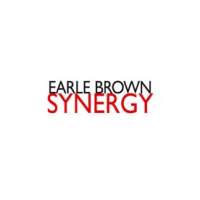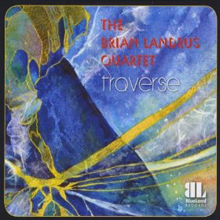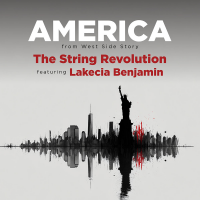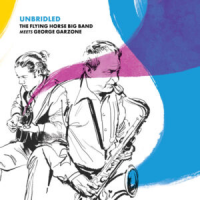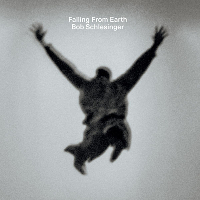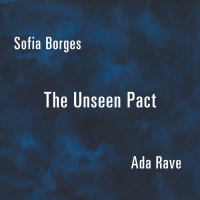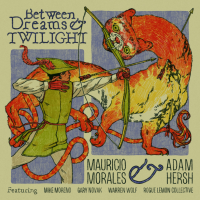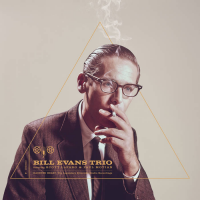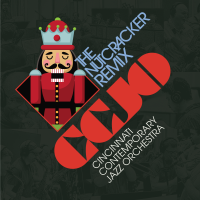Home » Jazz Articles » Album Review » Earle Brown: Synergy
Earle Brown: Synergy
Earle Brown's work is celebrated by the community of avant-garde musicians with whom he was vastly influential especially for its tangible and practical aspects. Synergy does much to show why. Captured in performances in 1967/68, the two versions of his monumental composition are shaped by the dramatic floating aspect of sound brought to life by woodwinds and strings. With Brown conducting the winds and pianist, Steffen Schleirmacher conducting the strings, Brown shapes the shifting timbres and gently palpitating rhythms with his extraordinary technique of time notation and open form architecture. In both versions of "Synergy," Brown makes a majestic exposition of how time notation unfolds as it is placed in the approximate visual relationship to that which surrounds it. Brown's "time" is not indicated mechanistically as with rhythm. It is articulated—but not interpreted—for the performer. As a result, because the performer is made more aware of time, he is also more intensely aware of the action or sound he is about to play. This is also what drew Brown to the sculptures-in-time-and-space of Alexander Calder.
His serially informed piece, "Tracking Pierrot" is a work that is marked by his singular style although it doffs its hat to Arnold Schoenberg's composition of eight decades earlier. However, Brown's "Pierrot" differs in its dramatically shifting rhythms—negotiated expertly by Stefan Stopora's percussion—and in its ethereal use of spatial silence. "Windsor Jambs" is similarly constructed. Once again this piece is shaped by itinerant timbre brilliantly executed by voice, percussion and the superb woodwinds that explode together bringing a diaphanous effect to the composition as it unfurls—new standard for the avant-garde, that it is.
Perhaps this reissue, which features the collaboration between Earle Brown and the enormously talented ensemble for Leipzig will bring the composer's work the greater recognition that it so richly deserves. Brown is, after all, more than a seminal figure in the New York avant-garde of the '50s and '60s. He is a composer and conductor of great depth, influential even today among his acolytes in modern music.
Track Listing
Event Synergy II (1967/68) version I; Tracking Pierrot (1992); Windsor Jambs (1980); Event Synergy II (1967/68) version 2.
Personnel
Christian Sprenger: flute (1-4); Udine Röhner-Stolle: oboe (1, 4); IB Hausmann: clarinet, bass clarinet (1-4); Anja Barz: clarinet (1, 4); Axel Andrae: bassoon (1, 4); Salome Kammer: voice (3); Andreas Seidel: violin (1, 2, 4); Till Bü: violin (1, 3, 4); Ivo Bauer: viola (1, 3, 4); Matthias Moosdorf: cello (1-4); Stefan Stopora: percussion (1-4); Josef Christof: piano (2); Steffen Schleirmacher: piano (3), co-conductor (1-4); Earle Brown: conductor (1-4).
Album information
Title: Synergy | Year Released: 2011 | Record Label: Hat Hut Records
Tags
PREVIOUS / NEXT
Support All About Jazz
 All About Jazz has been a pillar of jazz since 1995, championing it as an art form and, more importantly, supporting the musicians who make it. Our enduring commitment has made "AAJ" one of the most culturally important websites of its kind, read by hundreds of thousands of fans, musicians and industry figures every month.
All About Jazz has been a pillar of jazz since 1995, championing it as an art form and, more importantly, supporting the musicians who make it. Our enduring commitment has made "AAJ" one of the most culturally important websites of its kind, read by hundreds of thousands of fans, musicians and industry figures every month.


